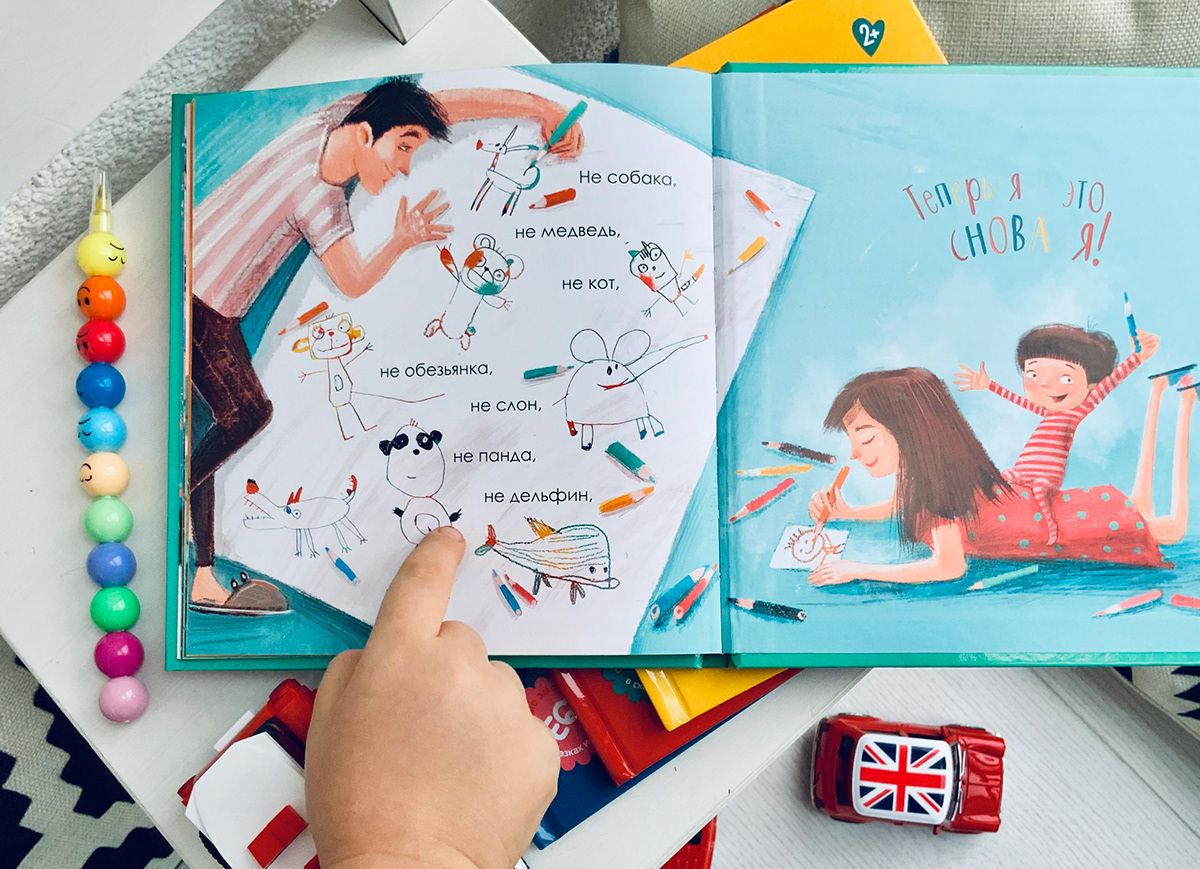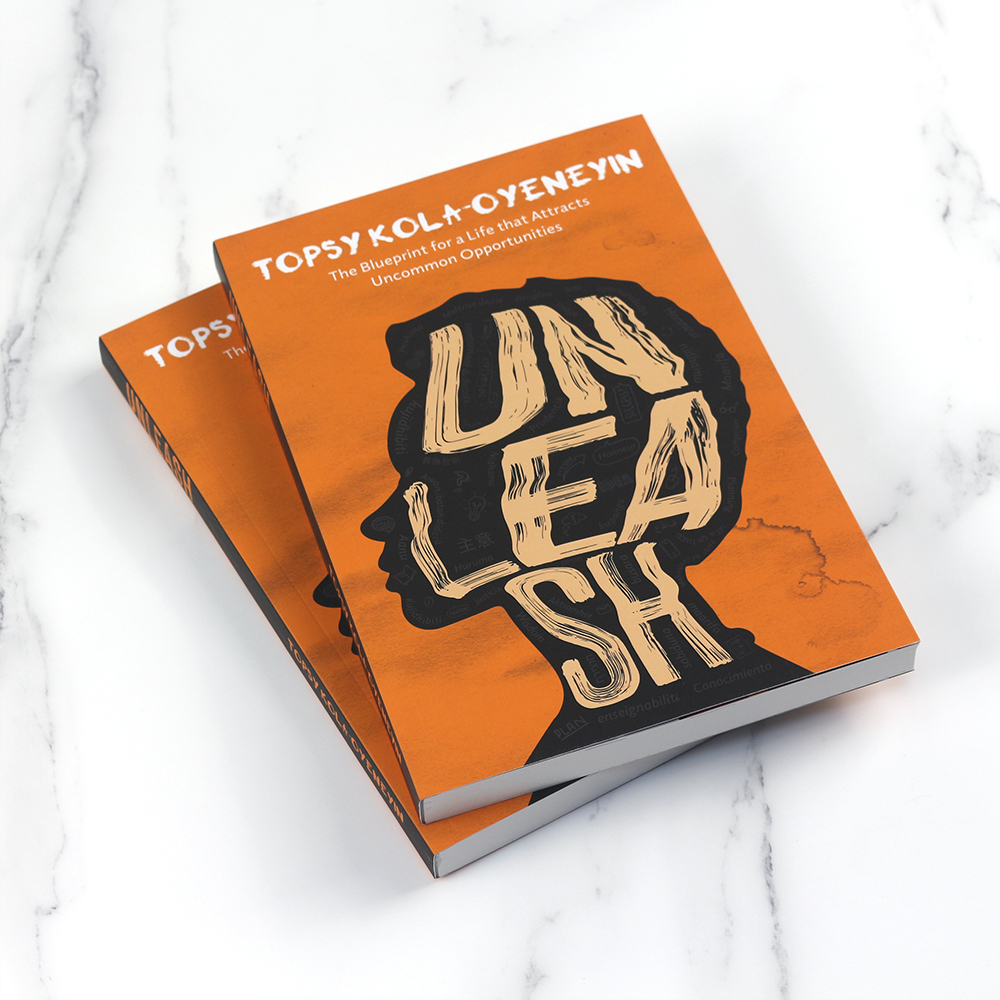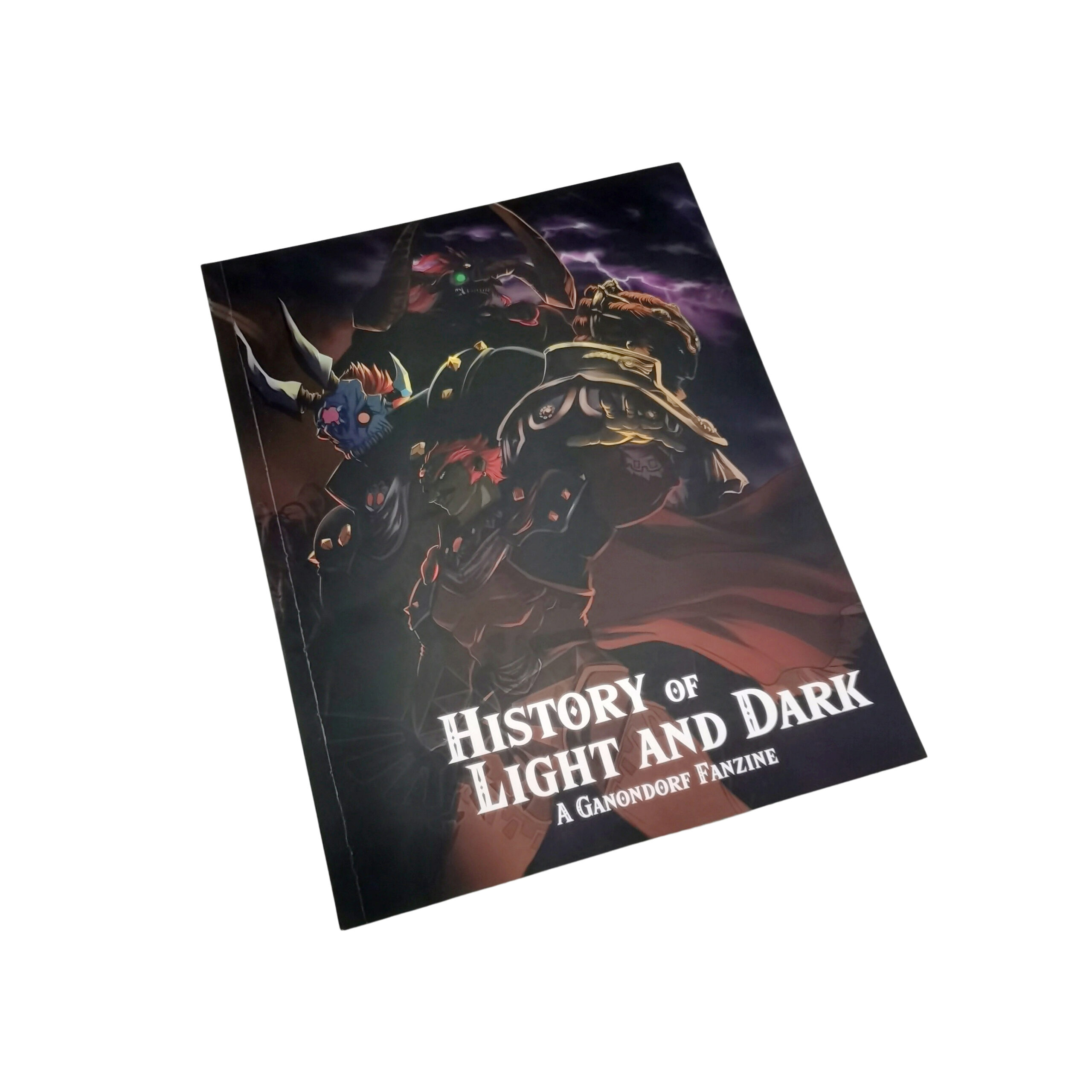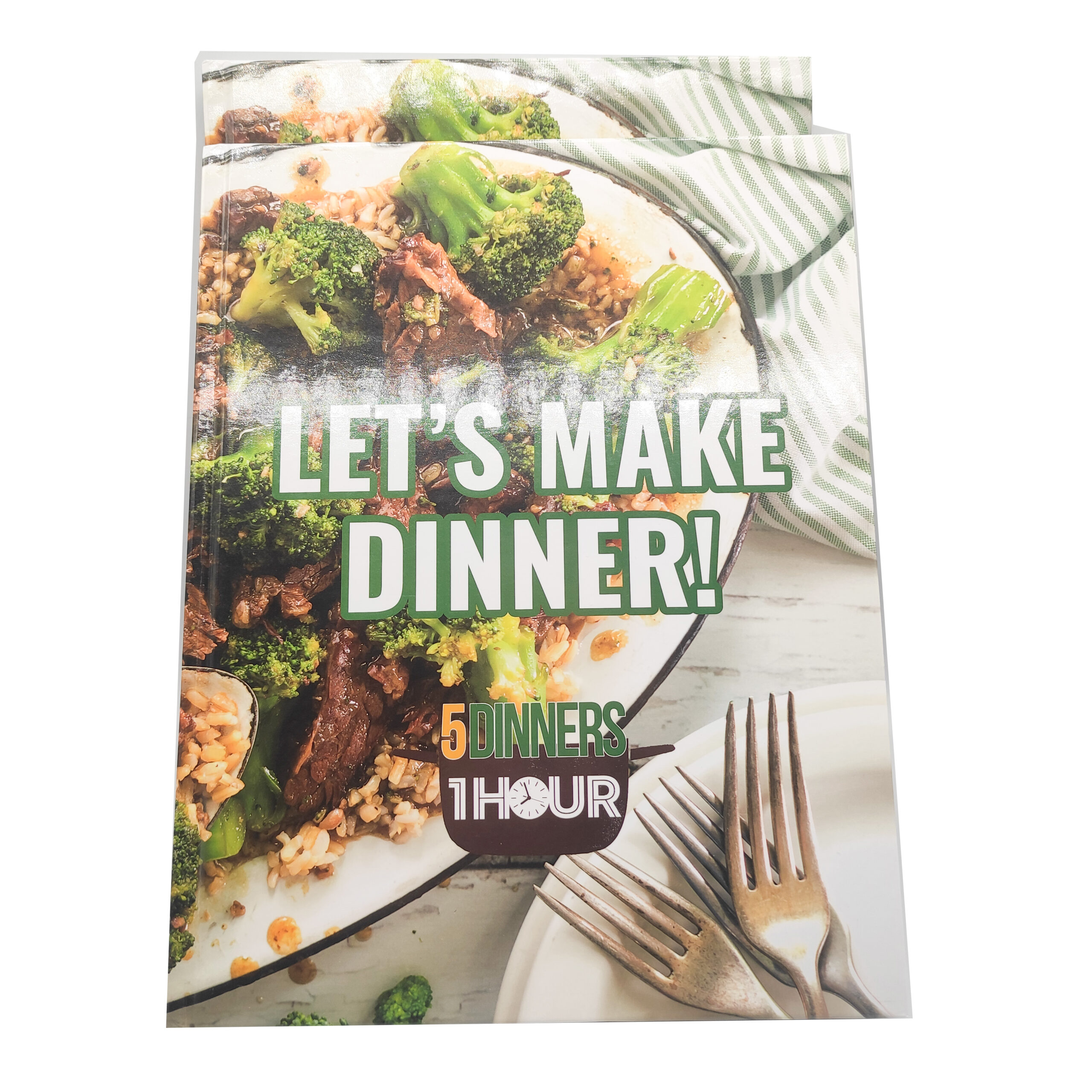Çocuk kitaplarının basımı için en iyi kağıt hangisidir?
Çocuk kitabı yaratmak, özellikle kağıt ve baskı seçenekleri söz konusu olduğunda dikkatli planlama gerektiren bir sevgi emeğidir. Bir kitap baskı fabrikası olarak, her kitabı görsel olarak çekici, dayanıklı ve uygun maliyetli hale getirmek için doğru malzemeleri ve baskı yöntemlerini seçmenin önemini anlıyoruz. Bu makalede, kitabınızın hem kalite hem de bütçe beklentilerini karşılamasını sağlamak için kağıt seçiminden baskı yöntemlerine kadar bir çocuk kitabını etkileyen kritik seçimleri ele alacağız. Doğru kararların hikayenizi sayfada nasıl canlandırabileceğini inceleyelim.
İçindekiler
1. Neden Baskı Seçeneklerini Erken Planlamaya Başlamalısınız?
Başlangıçta yazıcınızı ve kağıt türünüzü seçmek, kitabınızın son görünümünü ve kalitesini önemli ölçüde etkileyebilir. İster kendi kendinize yayınlamayı, ister perakende için toplu baskı yapmayı planlıyor olun, illüstratörünüz çalışmaya başlamadan önce baskı ayrıntılarınızı sonlandırmanız akıllıca olacaktır. İllüstrasyonların yerleşimi, düzen kararları ve kesim boyutu, yazıcınızın size rehberlik edebileceği faktörlerdir.
Bir baskı fabrikasına erken danışarak, çizimlerinize ve bütçenize en uygun düzen standartları, sayfa sayıları ve kağıt türleri hakkında tavsiye alabilirsiniz. Matbaa tarafından sağlanan şablonlar ve kılavuzlar da zamandan tasarruf sağlayacak ve maliyetli revizyonları önleyecektir.
2. Çocuk Kitapları İçin Baskı Yöntemlerini Anlamak
Çocuk kitaplarında iki ana baskı yöntemi vardır:
- Talep Üzerine Baskı (POD):Kısa tirajlı baskılar veya satışlar geldikçe basım için idealdir. POD'un kitap başına maliyeti daha yüksektir, ancak küçük miktarlar için uygundur.
- Ofset Baskı: Genellikle 300+ kitaptan oluşan daha büyük miktarlar için en uygunudur. Bu yöntem kitap başına maliyeti önemli ölçüde azaltır ve özel yüzeyler ve gelişmiş renk doğruluğu gibi özelleştirme seçenekleri sunar.
Ofset baskı, resimli kitaplar için olmazsa olmaz olan renk üzerinde üstün kontrol sağlar. Bu seçenek, ticari satışa yönelik yüksek kaliteli çocuk kitapları için mükemmeldir.
3. Doğru Fiyat Teklifleri için Temel Yazıcı Gereksinimleri
Size net ve doğru bir fiyat teklifi vermek için, bir matbaacının projeniz hakkında belirli ayrıntılara ihtiyacı olacaktır. İşte birincil hususlar:
3.1 Sayfa Sayısı
Ofset baskı için, sayfa sayısı baskı sayfalarına uyması için dörde bölünebilir olmalıdır, oysa karton kitaplar ikiye bölünebilir sayılar gerektirir. Her bir kağıt sayfasının iki sayfayı (ön ve arka) temsil ettiğini ve boş sayfaların da toplamınıza dahil edildiğini unutmayın.
3.2 Kağıt ve Kapak Ağırlığı
- Kağıt Ağırlığı: 80lb. veya 100lb. parlak veya mat gibi kuşe kağıtlar, çizimleri sergileme yeteneği nedeniyle çocuk kitapları için şiddetle tavsiye edilir.
- Kapak Ağırlığı: Yumuşak kapaklı kitaplarda 10pt veya 12pt kapak kalınlığı standarttır, sert kapaklı kitaplarda ise 80pt ile 120pt arasında değişen kalınlıklar kitabın dayanıklılığını artırır.
Kağıdın ve kapak stoğunun kalitesi hem kitabın dayanıklılığını hem de genel hissini etkiler. Bu seçenekleri yazıcınızla görüşmek, kitabınızın uzun ömürlülük ve görünüm beklentilerinizi karşılamasını sağlayabilir.
4. Doğru Trim Boyutunu Seçmek
Kesim boyutu kitabın boyutlarını ifade eder. Standart boyutlar şunları içerir:
- Yumuşak Kapaklı ve Sert Kapaklı Resimli Kitaplar: Genellikle 8”x8”, 8.5”x11” veya 9”x8”.
- Tahta Kitaplar: 5”x5” veya 6”x6” gibi daha küçük boyutlar, küçük ellerin tutması daha kolay olduğu için genç okuyucular arasında popülerdir.
Ayrıntılı çizimlere sahip sert kapaklı kitaplar için daha büyük kesim boyutları daha popülerken, daha küçük formatlar daha genç kitleler için daha iyi çalışır. Baskı yönteminin türü de mevcut boyutları etkiler: ofset baskı genellikle daha çok yönlüdür ve hem yatay hem de dikey yönlendirmelere izin verir.
5. Çocuk Kitapları İçin Doğru Kağıt Türünü Seçmek
Kağıt seçimi kitabın görünümü ve dayanıklılığı üzerinde büyük bir etkiye sahiptir. İşte temel kağıt seçenekleri:
5.1 Kaplamalı ve Kaplamasız Kağıt
- Kaplamalı Kağıt: Canlı çizimlere sahip kitaplar için mükemmeldir, çünkü kaplama mürekkebin sızmasını önler ve renk canlılığını artırır. Bu tür genellikle çocuk kitaplarında cilalı, profesyonel bir görünüm yaratmak için kullanılır.
- Kaplamasız Kağıt: Metin ağırlıklı kitaplar veya daha büyük okuyuculara yönelik başlıklar için en iyisidir. Daha doğal bir hissiyat verirken, resimli kitaplar için kullanıldığında daha az canlı görünebilir.
5.2 GSM (Metrekare Başına Gram)
GSM, kağıdın ağırlığını ölçer, kalınlığını ve dayanıklılığını etkiler. Çocuk kitapları için bazı yaygın GSM aralıkları şunlardır:
- 130-170 GSM: Resimli çocuk kitapları için idealdir, dayanıklılık ve canlı renk üretimi arasında denge sağlar.
- 100-140 GSM: Daha az resim veya daha hafif grafik içeriği olan kitaplar için uygundur.
6. Ofset Baskının Çocuk Kitaplarına Faydaları
Ofset baskı, belirli tasarım gereksinimleri olan çocuk kitapları için paha biçilmez olan yüksek düzeyde özelleştirme sağlar. Ek seçenekler şunlardır:
- Özel Kaplamalar:Varaklama, kabartma ve spot cilalar kitap kapağınızı daha ilgi çekici hale getirebilir.
- Gelişmiş Renk Doğruluğu: Ofset baskı, hassas renk üretimi sağlayarak çizimlerin istenildiği gibi görünmesini sağlar.
- Çevre Dostu Seçimler:Birçok ofset baskı tesisi, FSC sertifikalı kağıt ve soya bazlı mürekkepler gibi çevre dostu malzemeler sunmaktadır.
Ofset baskının esnekliği, kitabınızı pazarda öne çıkaracak benzersiz özellikler sunar.
7. Çocuk Kitaplarına Eğlenceli Özellikler ve Özel Öğeler Ekleme
Kitabınız kapaklar, kesikler veya duyusal materyaller gibi etkileşimli özellikler içeriyorsa, ofset baskı en iyi seçimdir. Bu özel dokunuşlar genç okuyucuların ilgisini çekmeye yardımcı olur ancak ekipman kısıtlamaları nedeniyle POD baskıda genellikle mevcut değildir.
8. Maliyet Etkinliği İçin Miktar Hususları
Ofset baskıda, kitap başına maliyet miktar arttıkça azalır. Toplu sipariş vermek birim maliyetleri düşürmeye yardımcı olur ve bu da ofset baskıyı geniş çapta satış yapmayı planlayan yazarlar için harika bir seçenek haline getirir. Birçok matbaa, bütçenizi tahmin etmenize yardımcı olmak için farklı miktarlar için kayan bir maliyet ölçeği sunar.
Çözüm
Çocuk kitabı oluştururken, doğru baskı seçeneklerini ve kağıt türlerini seçmek, hikayenin kendisini oluşturmak kadar önemlidir. Özel bir baskı fabrikasıyla ortaklık kurarak, son ürünün hem görsel olarak çekici hem de genç okuyucular için yeterince dayanıklı olmasını sağlarsınız. Kağıt ağırlığından cilt stillerine kadar her seçim, kitabınızın nasıl deneyimlendiğini etkiler. Şimdi bilinçli kararlar almak, kitabınızın öne çıkmasını ve hedef kitleniz üzerinde kalıcı bir etki yaratmasını sağlayacaktır.
SSS
Çocuk kitapları için hangi kağıt ağırlığı idealdir?
Resimli çocuk kitaplarının çoğunda, renkleri ve dayanıklılığı artırdığı için 130-170 GSM kuşe kağıt önerilir.
Çocuk kitaplarında ofset baskı POD baskıya göre nasıldır?
Ofset baskı, büyük baskı tirajları için uygun maliyetlidir ve özel yüzeyler oluşturma olanağı sunarken, POD baskı küçük miktarlar için daha iyidir ve daha az özelleştirme seçeneği sunar.
Çocuk kitabı baskısında çevre dostu malzemeler kullanılabilir mi?
Evet, birçok baskı fabrikası, canlı renkler ve yüksek kaliteli yüzeyler üreten sürdürülebilir seçenekler olan FSC sertifikalı kağıt ve soya bazlı mürekkepler sunmaktadır.
Kitap Baskısı
Yeni Ürünler
Son Blog
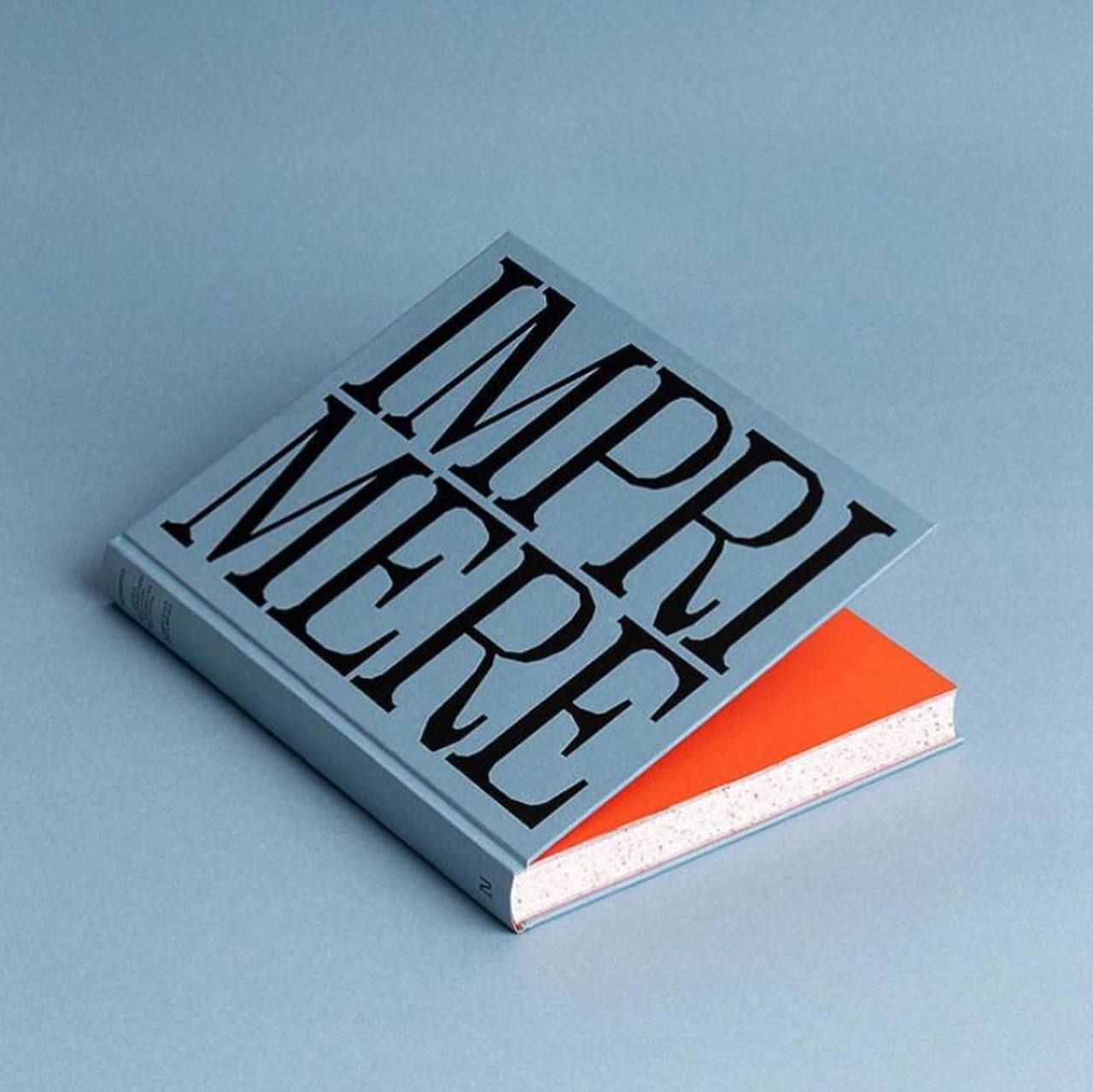
Özel Kitap Kapakları Tasarlamak İçin Nihai Kılavuz
Kendi kendinize yayıncılık yapmaya girişiyorsanız, öncelikli endişelerinizden biri kitap basımı için ekonomik seçenekler bulmak olacaktır.
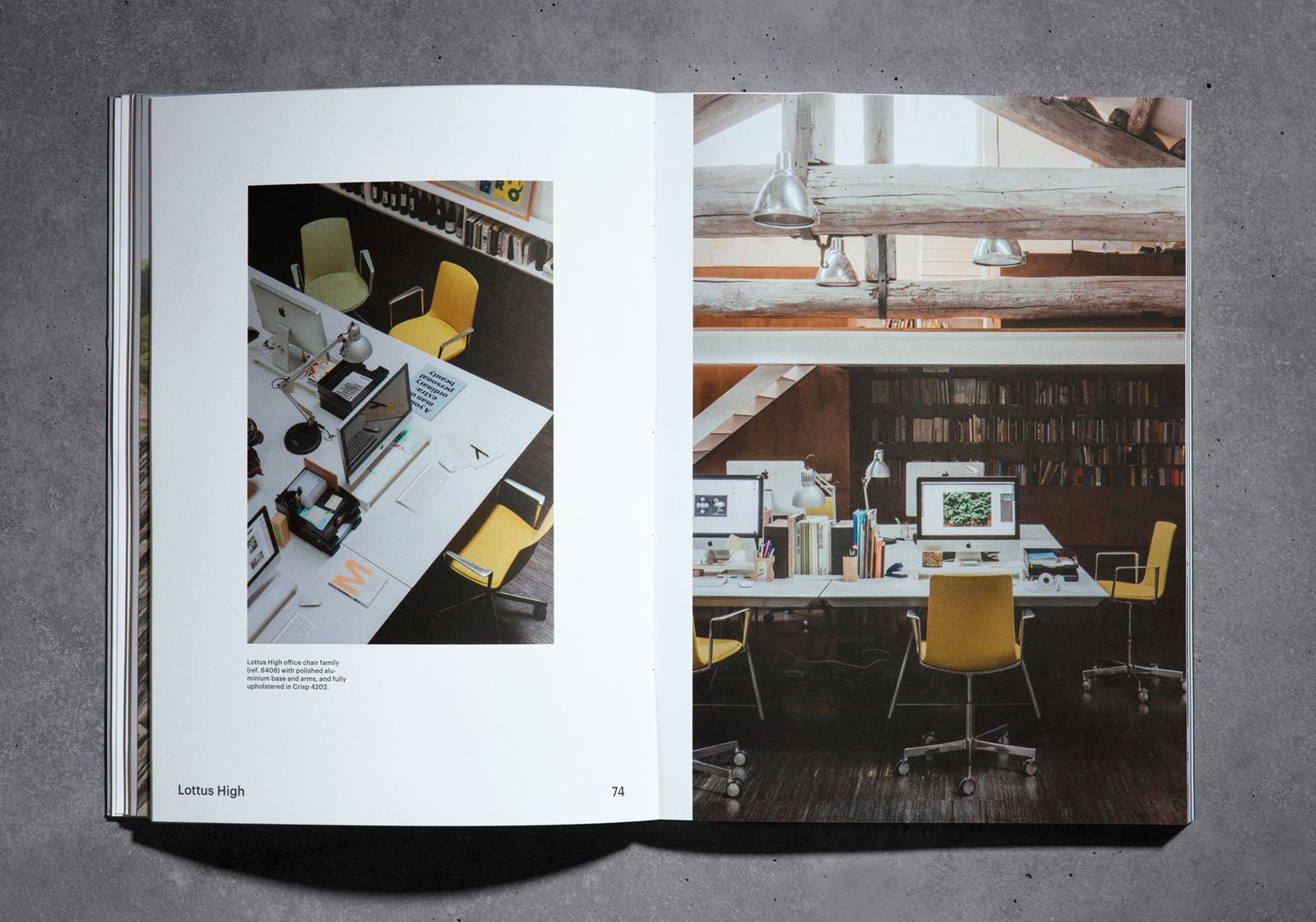
Matbaa kitap maliyetini nasıl düşürdü?
Yayıncılığın sürekli değişen dünyasında, daha geniş kitlelere ulaşmak için kitapların uygun fiyatlı olması büyük önem taşıyor.
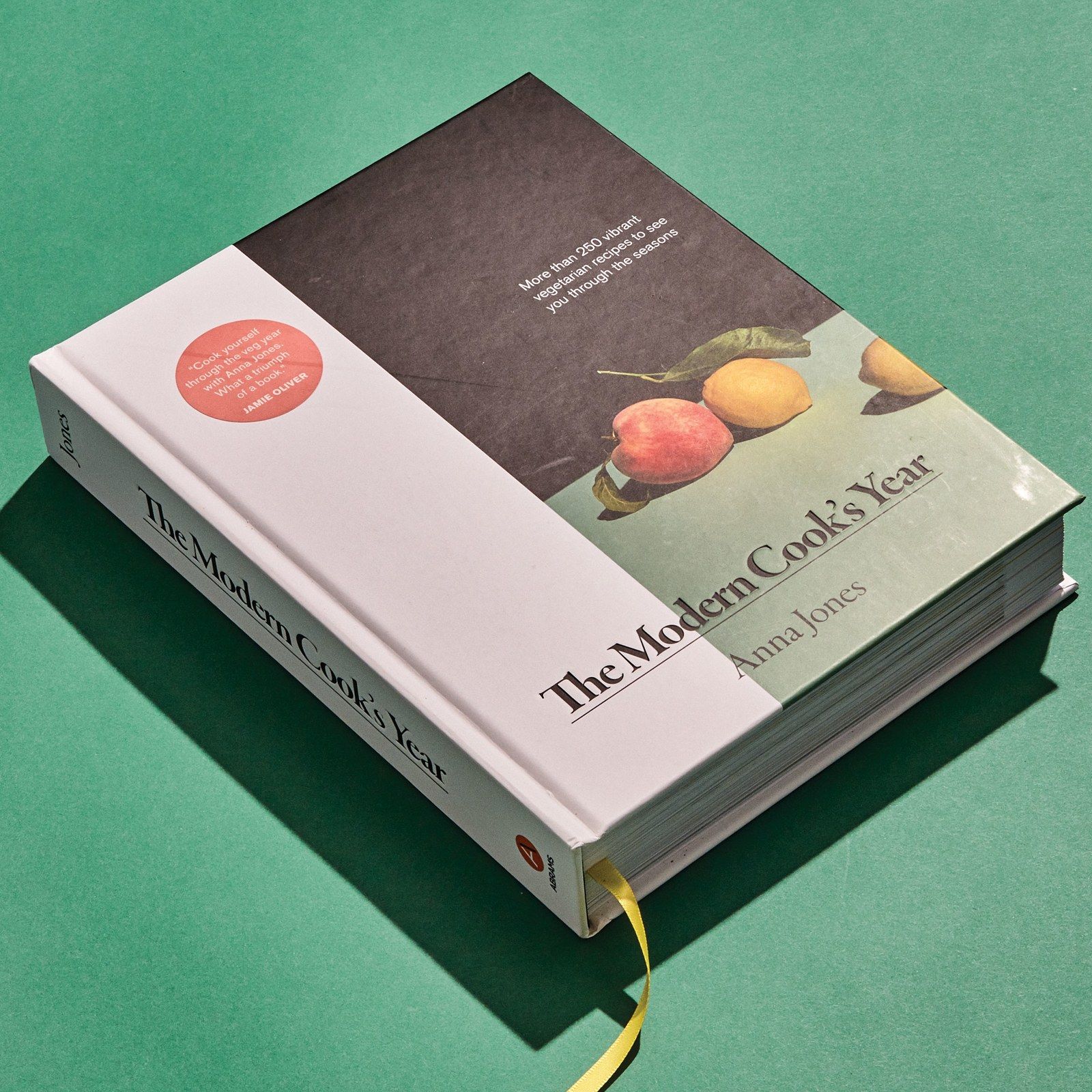
Kitap ciltçiliğinin maliyeti ne kadardır?
Kitap ciltçiliği, kitap üretim sürecinin önemli bir parçasıdır. İster bir romanın sınırlı sayıda basımını yapın, ister özel bir çalışma kitabı hazırlayın veya özel bir hatıra yaratın,

Hangi Şirket Çizgi Roman Basıyor
Bir çizgi roman yaratmak, çizimlere, hikaye panolarına ve diğer görsellere sayısız saat harcanmasıyla yoğun bir sevgi emeğidir.
Bize Ulaşın
- +86 13946584521
- info@kitapbaskı.net
- 08:00 - 22:00 (Pzt - Paz)
Etiketler
Yorumlar
İlgili Blog
Kitap basım sektöründeki en yeni trendleri ve genel bilgileri öğrenin.
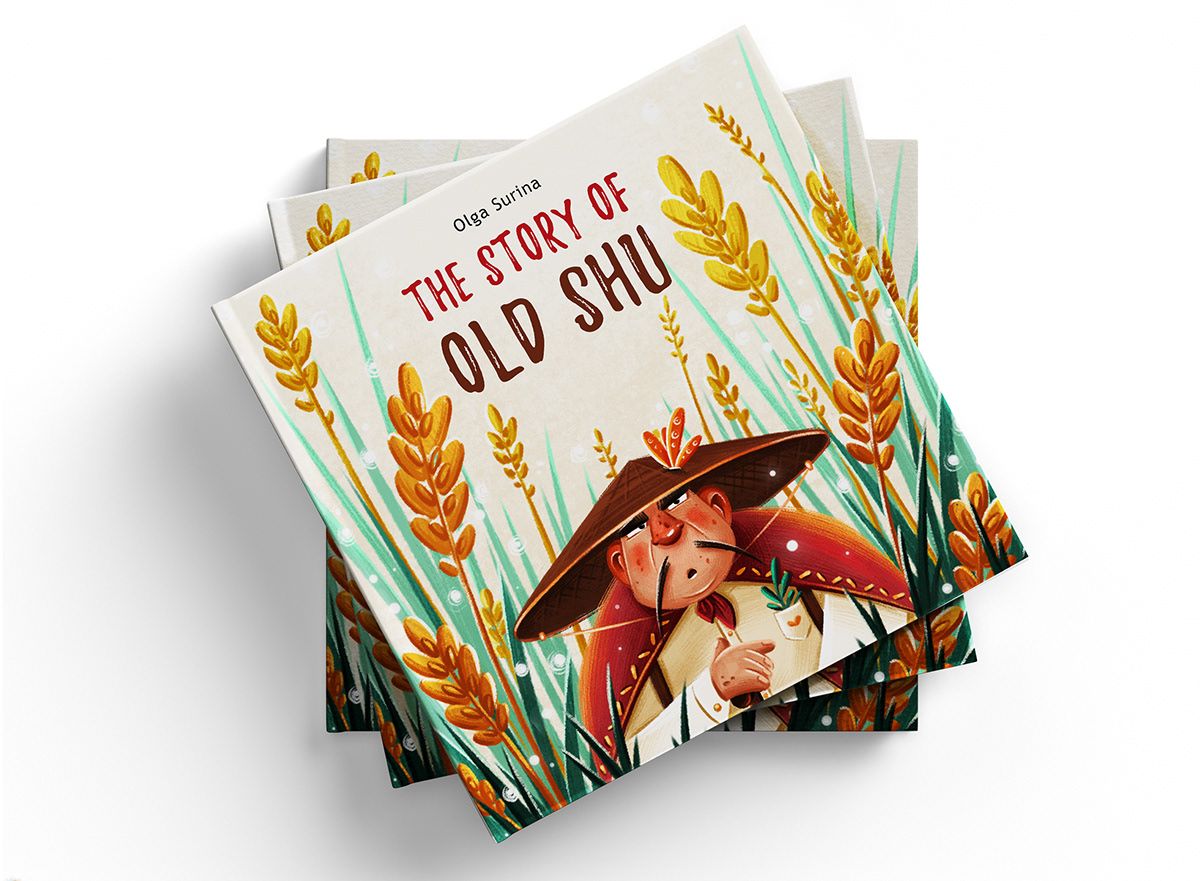
Çocuk Kitapları Hangi Tür Kağıtlara Basılır?
Bir çocuk kitabı oluştururken her unsur önemlidir, özellikle de kağıt seçimi. Doğru kağıt türünü seçmek, bir kitabın görünümünü iyileştirebilir,
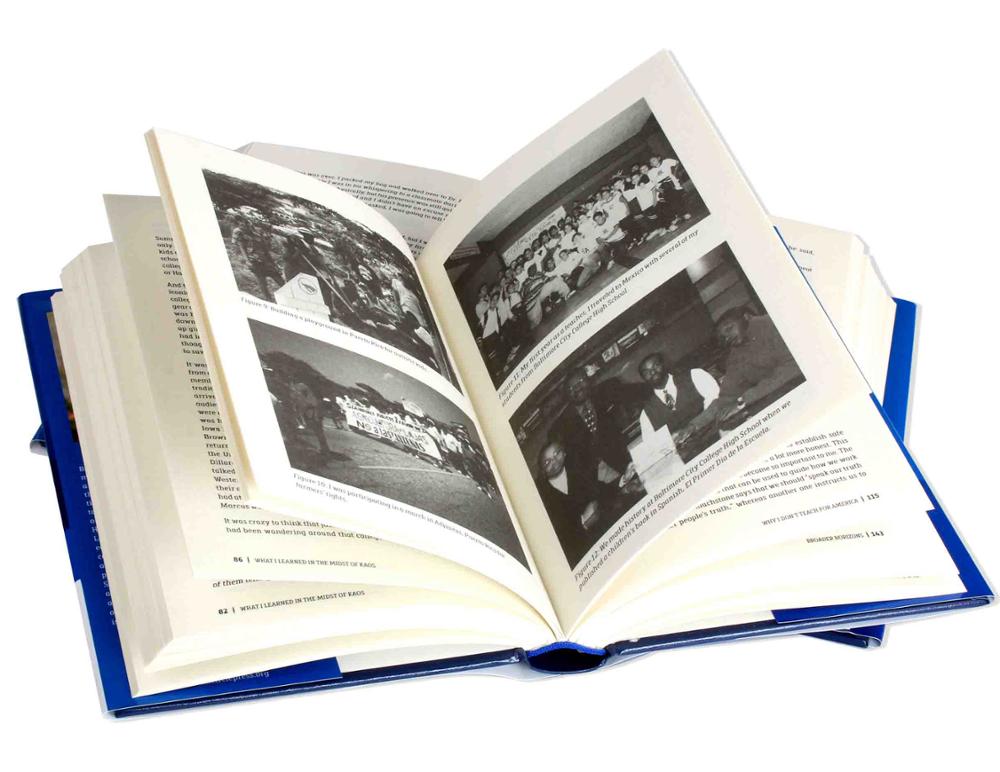
Basılı Kitapların İyi Yönleri Nelerdir?
Bir çocuk kitabı oluştururken her unsur önemlidir, özellikle de kağıt seçimi. Doğru kağıt türünü seçmek, bir kitabın görünümünü iyileştirebilir,
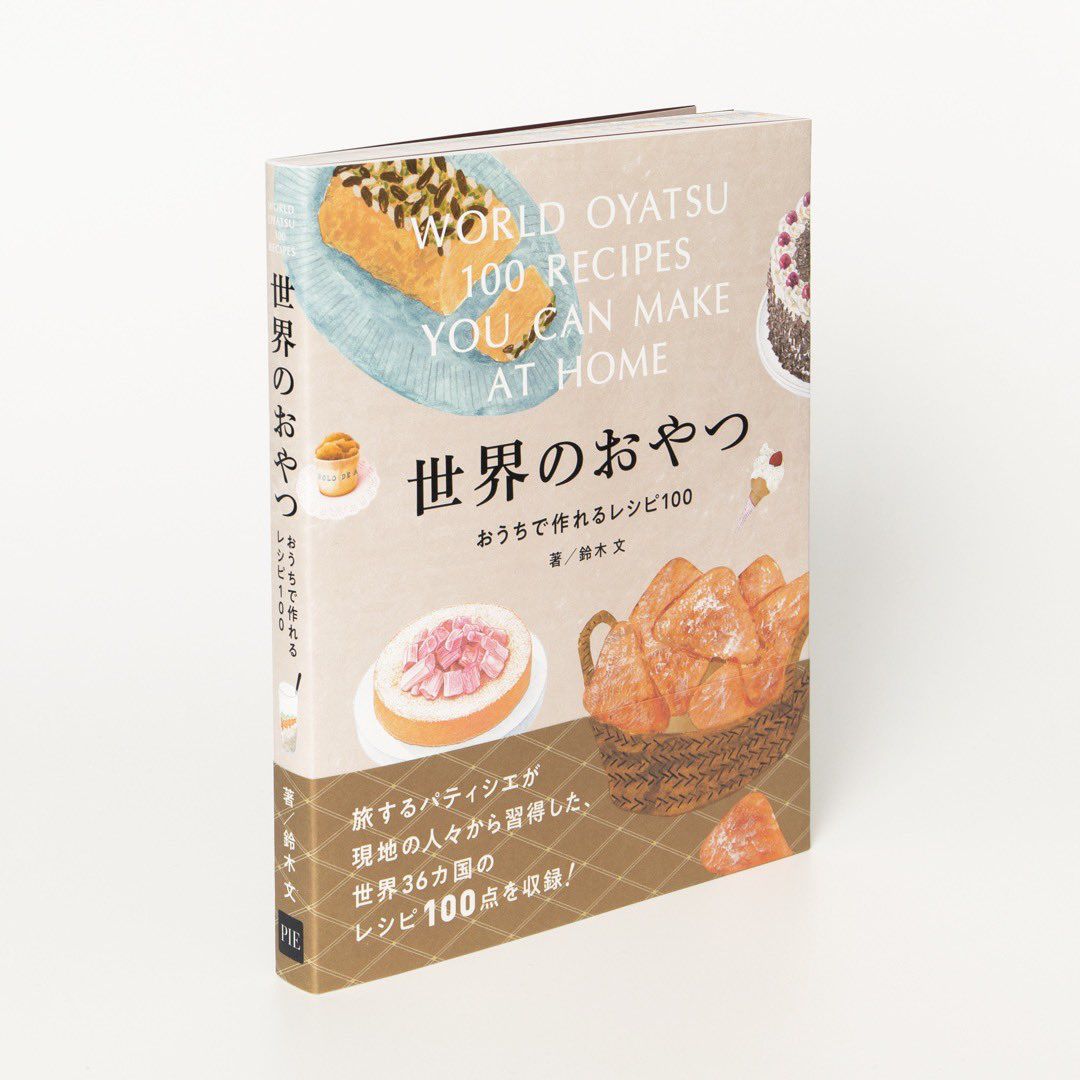
Yazarlar ve Okuyucular için Baskı Üzerine Talep Edilen Kitapların 5 Temel Faydası
Kendi kendinize yayıncılık yapmaya girişiyorsanız, öncelikli endişelerinizden biri kitap basımı için ekonomik seçenekler bulmak olacaktır.

Bir fotoğraf kitabı yapmanın maliyeti ne kadardır?
Bir fotoğraf albümü oluşturmak, anıları korumak, hayatın dönüm noktalarını kutlamak veya hatta özel birine benzersiz bir hediye sunmak için ideal bir yoldur. Ancak birçok kişi kendine şu soruyu sorar: *"Bir fotoğraf albümü yapmanın maliyeti ne kadar?"* Yüksek kaliteli bir fotoğraf albümü oluşturmanın maliyeti çeşitli faktörlere bağlı olarak önemli ölçüde değişebilir.

